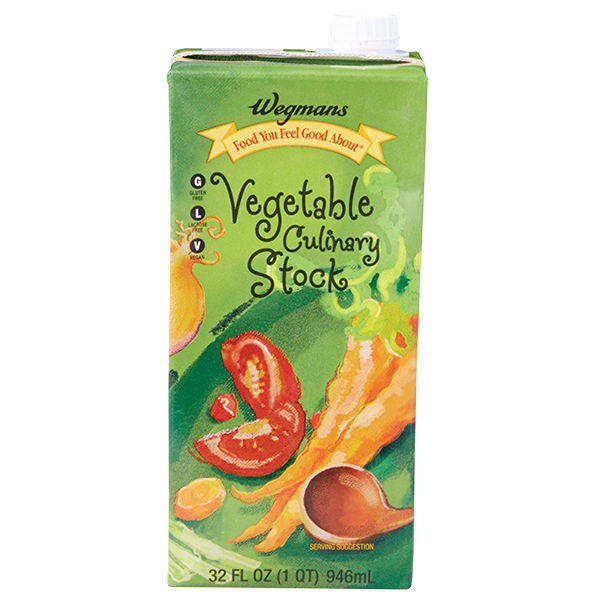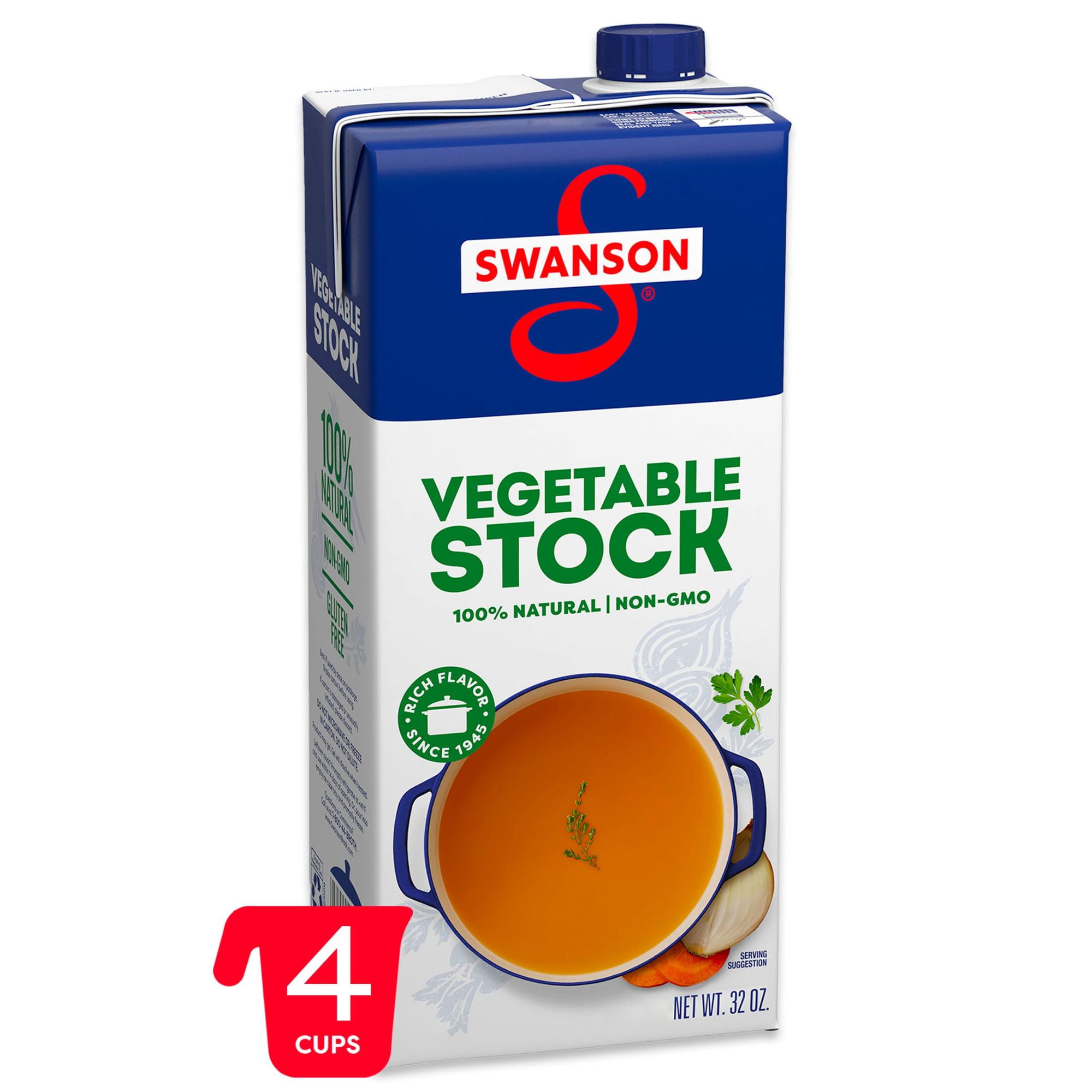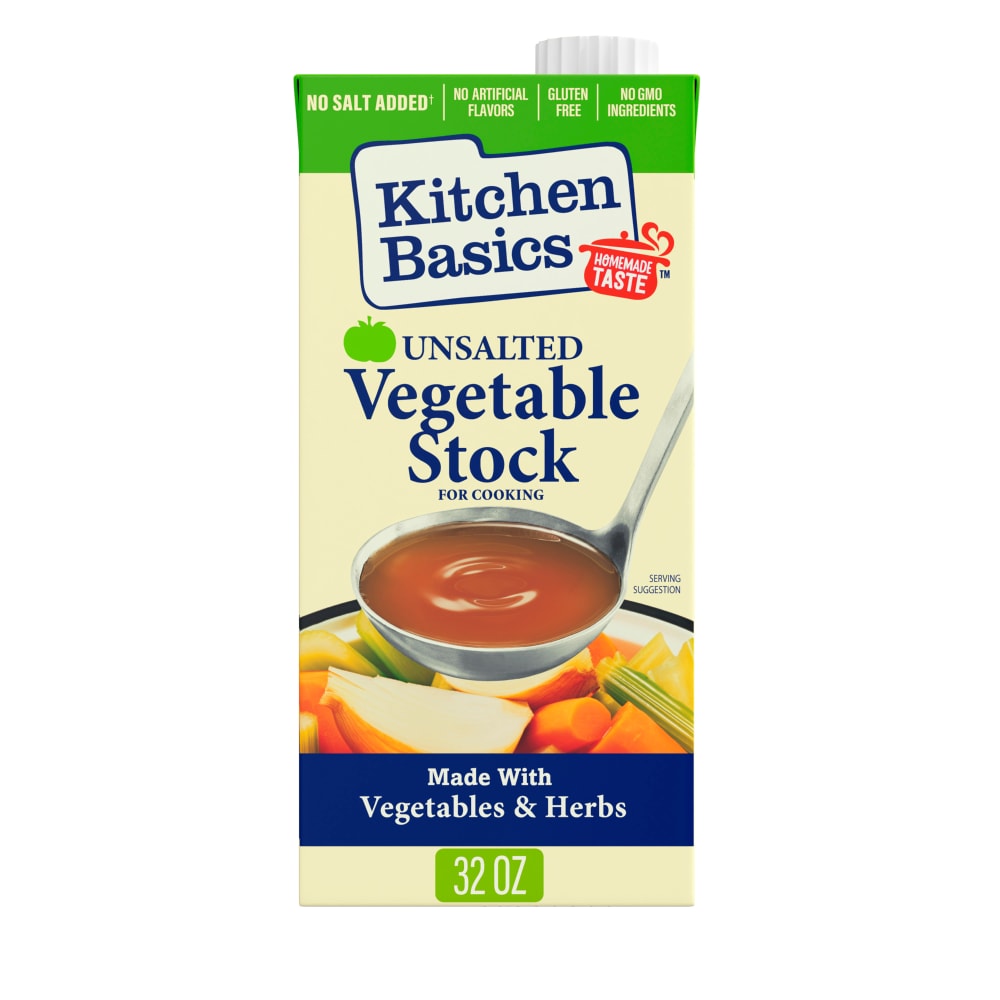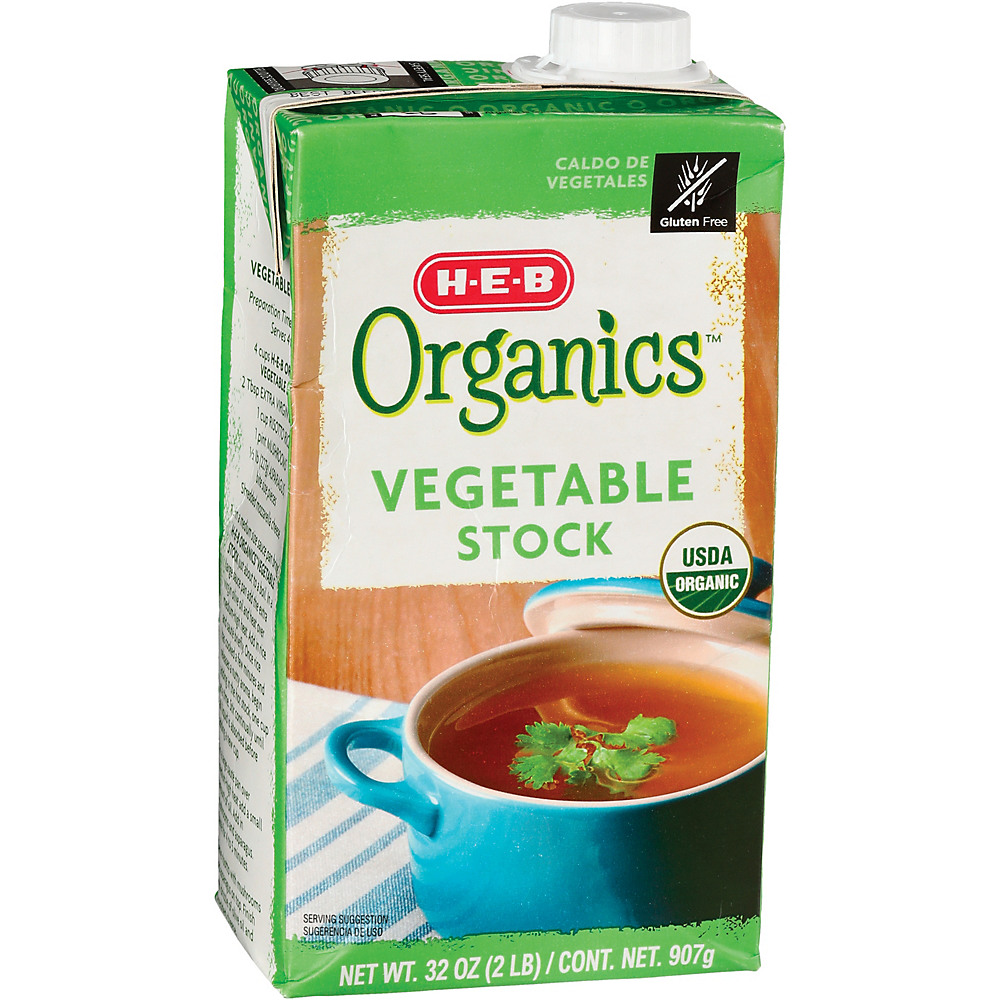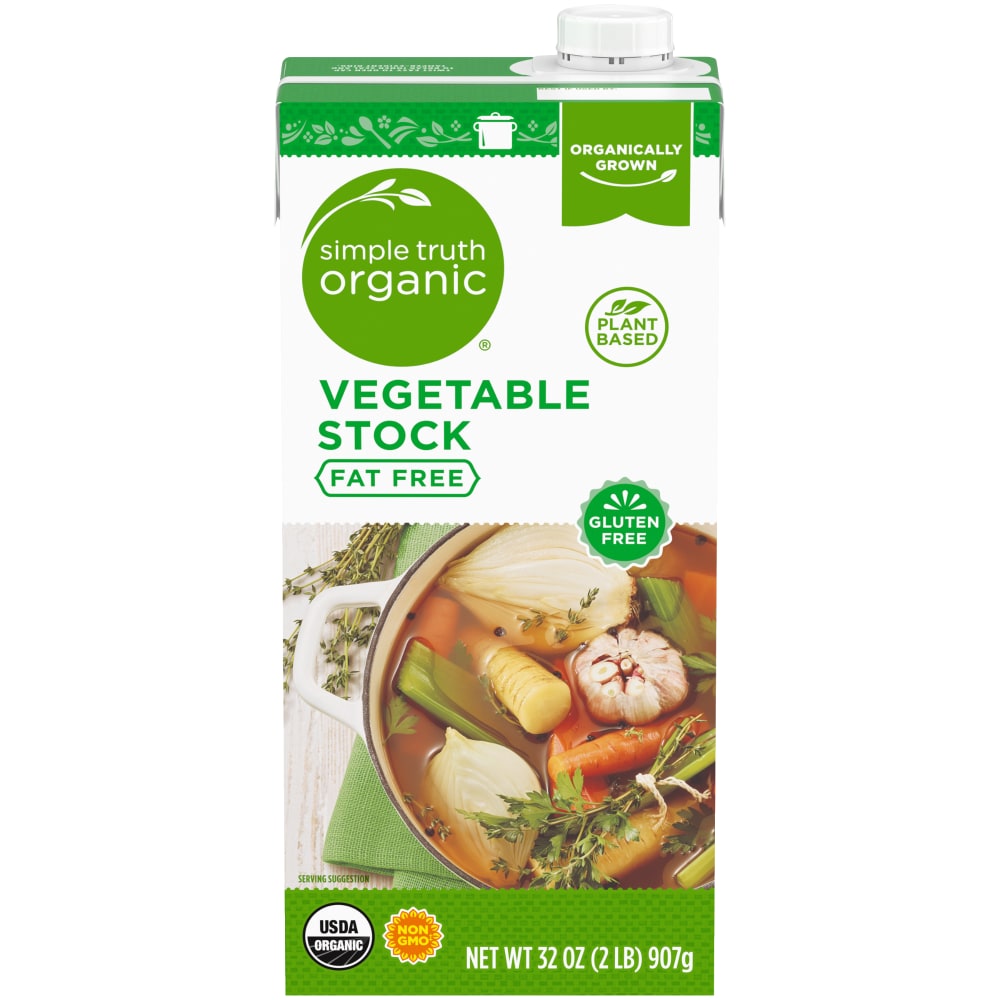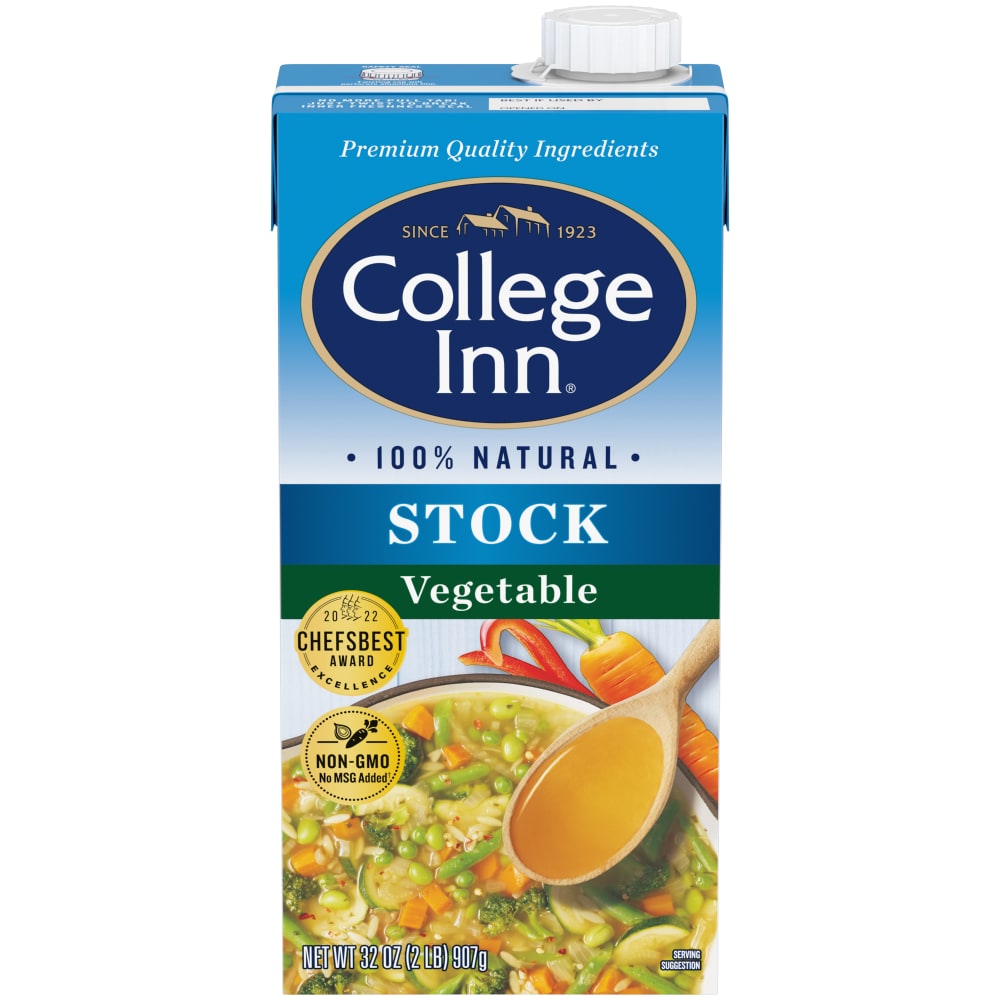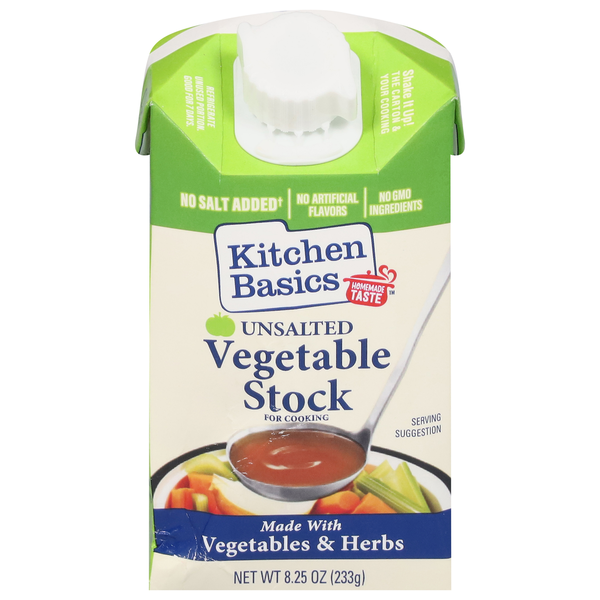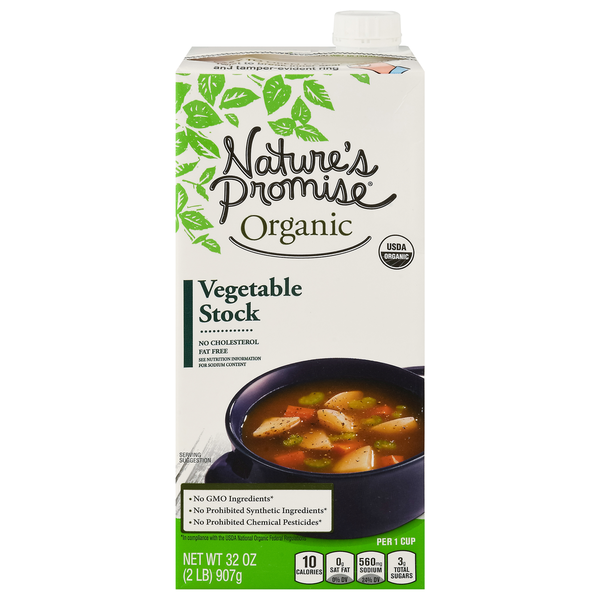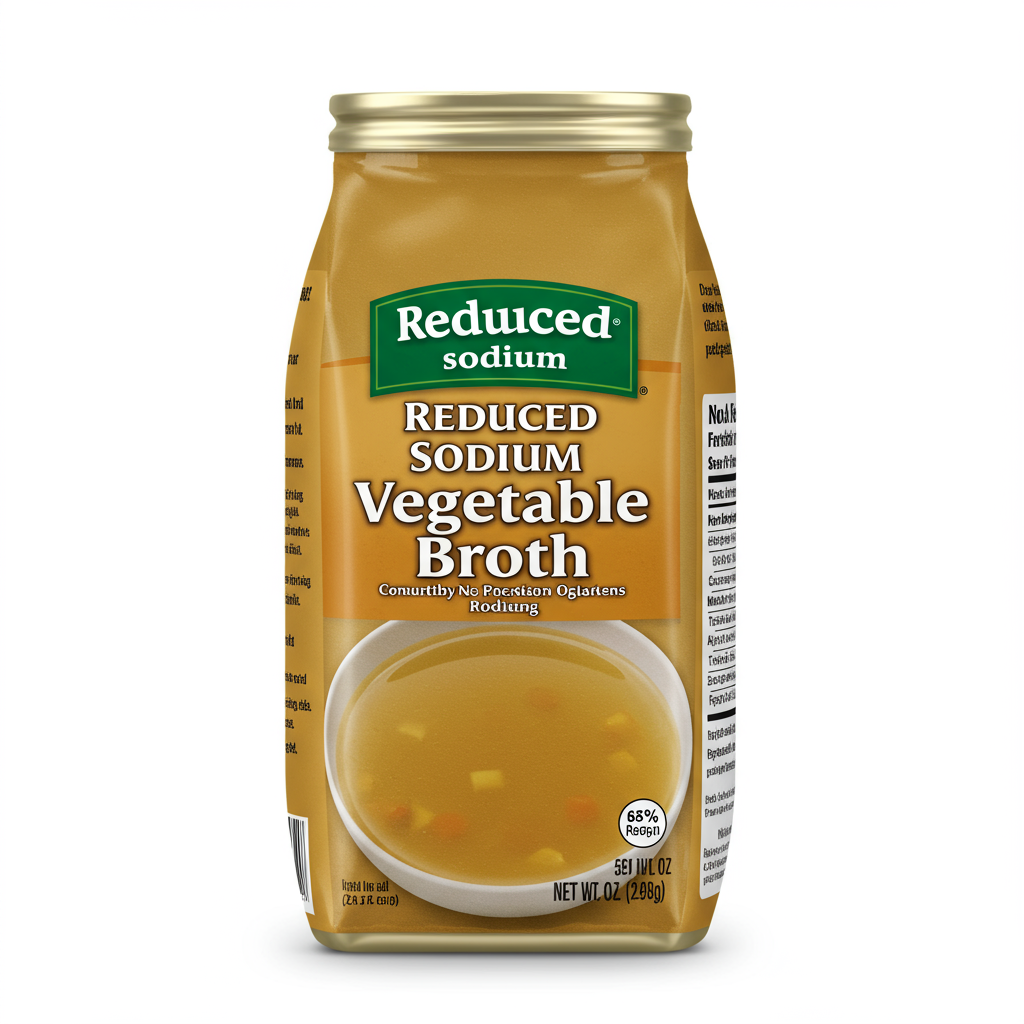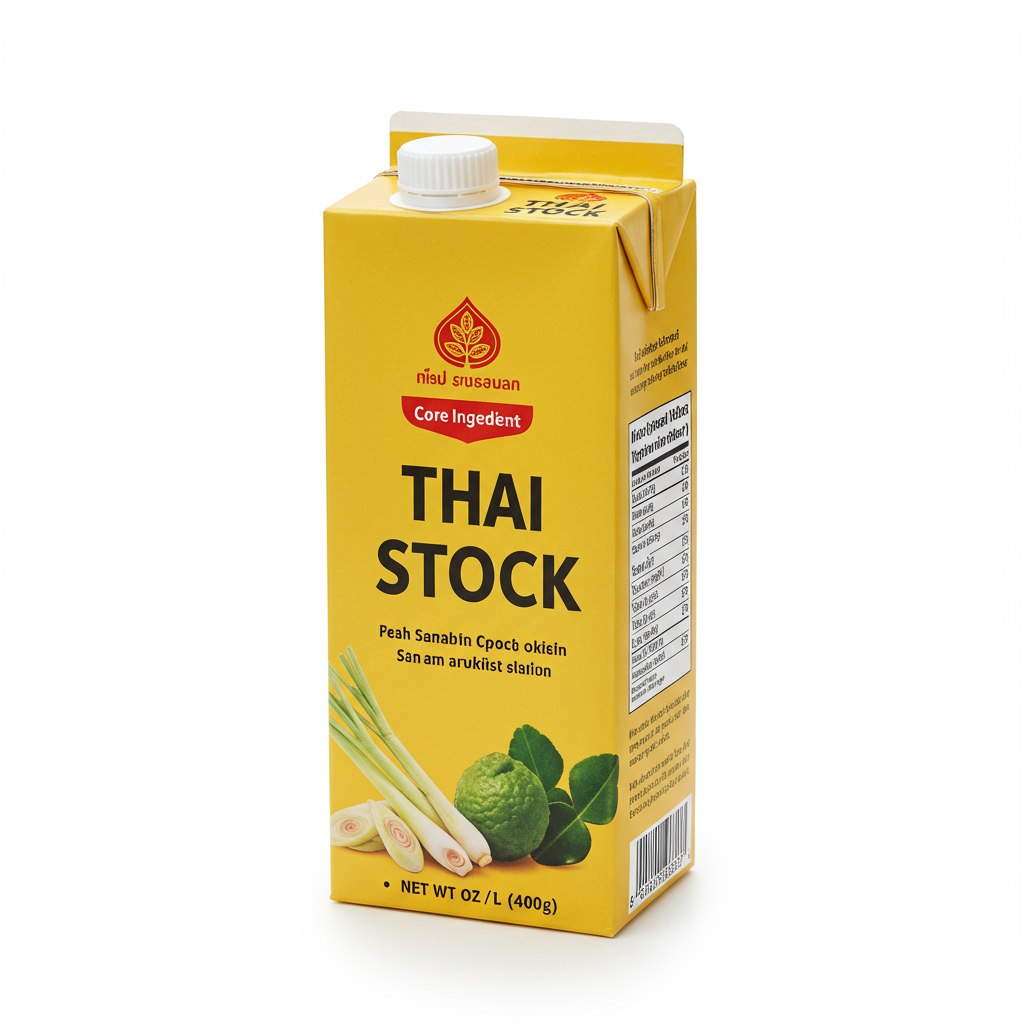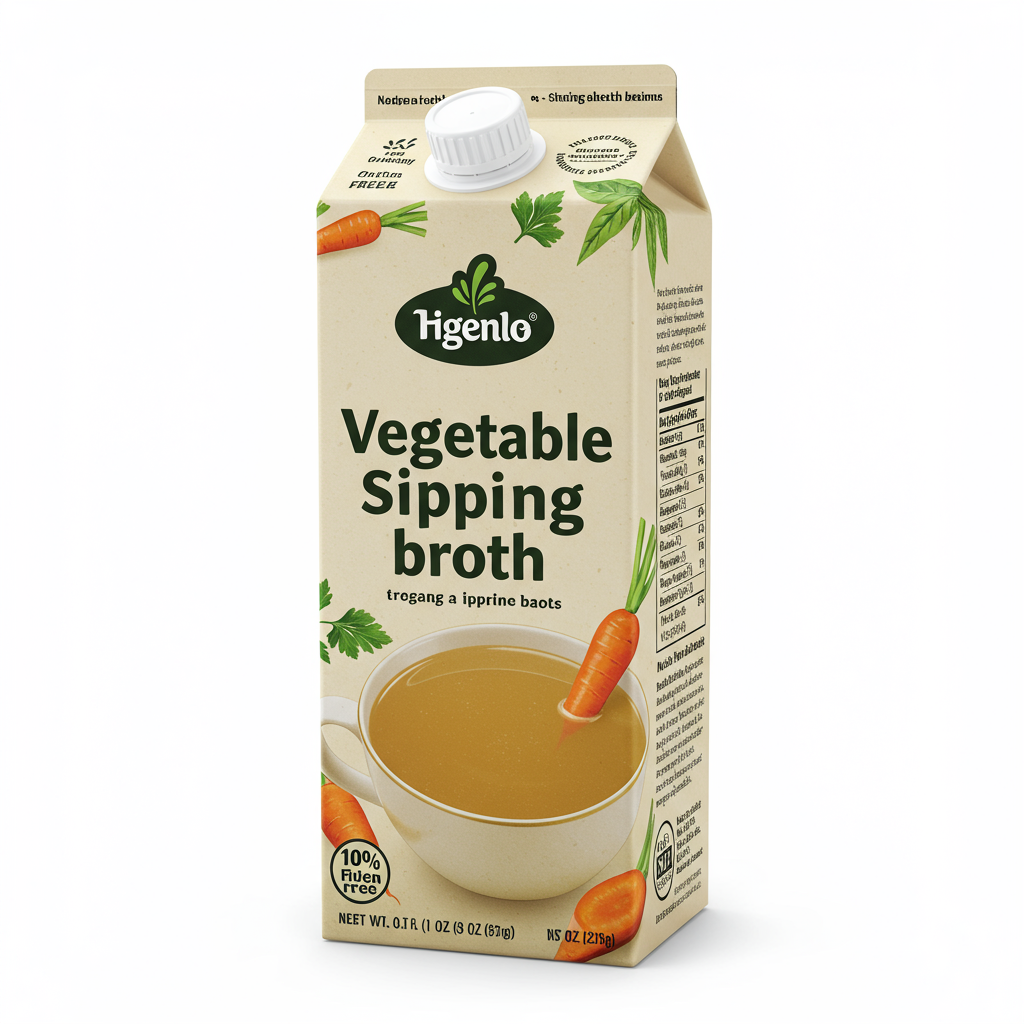SOUPS
CONDIMENTS AND SAUCES
Vegetable Stock
Vegetable stock is a flavorful liquid base made by simmering a variety of vegetables, herbs, and spices in water. It is commonly used as a core ingredient in a wide range of dishes, including soups, stews, sauces, and even casseroles. Stock is considered a healthier alternative to traditional meat-based stocks due to its lower fat content and absence of animal products, making it suitable for vegetarian and vegan diets.
To prepare vegetable stock at home, a combination of onions, carrots, celery, and additional ingredients such as mushrooms, tomatoes, or peppers are cooked with a variety of herbs and seasonings. The mixture is then strained, leaving behind the nutrient-rich, flavorful liquid which can be used to enhance the taste and complexity of various dishes.
100%
CARBS
0%
FAT
0%
PROTEIN
178 Vegetable Stock Products
Wegmans Vegetable Culinary Stock
Chef's Cupboard Vegetable Cooking Stock
Swanson 100% Natural Vegetable Stock
Kitchen Basics Unsalted Vegetable Stock
H-E-B Organics Vegetable Stock
Simple Truth Organic® Fat Free Vegetable Stock
College Inn Stock, Vegetable
Kitchen Basics Unsalted Vegetable Stock
Vegetable Stock
Nature's Promise Organic Vegetable Stock
Used In 194 Recipes
4
Creamy Roasted Red Pepper Penne
3
Garlicky Herb-Infused Butter Rice
4
Hearty Vegetable Stew
5
Hearty Mushroom and Quinoa Shepherd's Pie
5
Hearty Vegetarian Quinoa and Bean Chili
1
Fiesta Quinoa Bowl
2
Easy Oven-Baked Pesto Risotto with Roasted Tomatoes
5
Succulent Meatballs Smothered in Creamy Paprika Sauce
Vegetable Stock Is Frequently Used With
Vegetable Stock FAQ
Vegetable stock is an extremely versatile ingredient, often used to amplify the flavor profile of many dishes. A common misstep is assuming that all vegetable stocks are the same - the flavor can vary greatly depending on the vegetables and herbs used. Another major mistake is over-salting, as people forget that some vegetables naturally contain salt, or they might be adding the stock to already-seasoned dishes. To optimize the potential of vegetable stock in your cooking, you can roast your vegetables first for a deeper, richer flavor. You can make a big batch in advance, portion it out, and freeze it so you have it on hand when you need it. A little-known tip is to save your vegetable peels and trimmings throughout the week; these can be used to make a flavorful and cost-effective stock.
How do I make my own vegetable stock?
Can I use vegetable stock in recipes that call for chicken or beef stock?
Are there different types of vegetable stock?
Is vegetable stock the same as vegetable broth?
Can I overcook my vegetable stock?
Should I cut my vegetables small or leave them big when making stock?
Does it matter what kind of water I use for my stock?
Can I freeze vegetable stock for later use?
Do I need to peel my vegetables for stock?
Do I need to stir my vegetable stock as it simmers?
Expiration & Storage Tips
When does vegetable stock expire?
Unopened store-bought vegetable stock can last about one to two years past the printed date if stored properly at room temperature. Once opened, you should keep it in the fridge and use it within four to five days. Homemade vegetable stock should be used within four to five days if stored in the fridge. However, both homemade and store-bought vegetable stock can be frozen and used within six months.
How do you tell if vegetable stock is bad?
To tell if your vegetable stock has gone bad, use your senses. Firstly, a change in smell is a clear sign that your stock is off. Healthy vegetable stock has a mild vegetable aroma that's pleasant. If you notice its smell has turned sour, foul or even somewhat similar to yeast, it's time to toss it. Secondly, if there's any visible mold or if the stock has a cloudy appearance, it's not safe to consume.
Tips for storing vegetable stock to extend shelf life
• Always store your vegetable stock in the fridge once it's opened.
• For longer storage, freeze your vegetable stock. Pour it into ice cube trays and once frozen, you can place the cubes in a freezer bag. This trick is not only space-saving, but also handy for adding just a bit of stock to your recipes.
• If you're making homemade vegetable stock, cool it quickly to prevent bacterial growth. You can do this by placing the pot in a sink of cold water with ice.
• Glass jars are excellent for freezing vegetable stock, but be sure to leave some space at the top to allow for expansion.
EXPIRES WITHIN
19 - 29
MONTHS
Equivalents
Substitutes
Health Info
Macros
2g
CARBS
0g
FAT
0g
PROTEIN
Allowed on these diets
LOW FAT
HIGH CALCIUM
VEGETARIAN
KETO
PALEO
WHOLE 30
MEDITERRANEAN
LOW CARB
VEGAN
LACTOSE FREE
GLUTEN FREE

